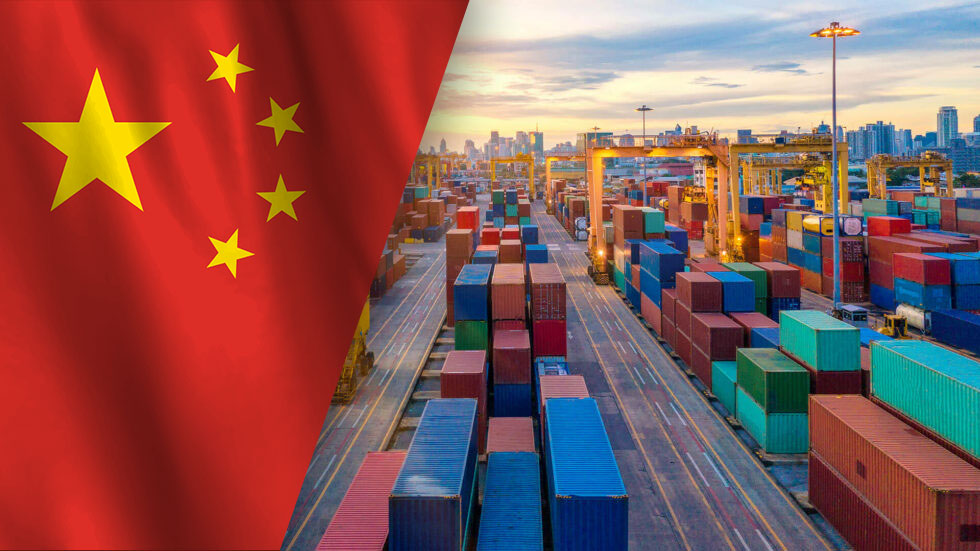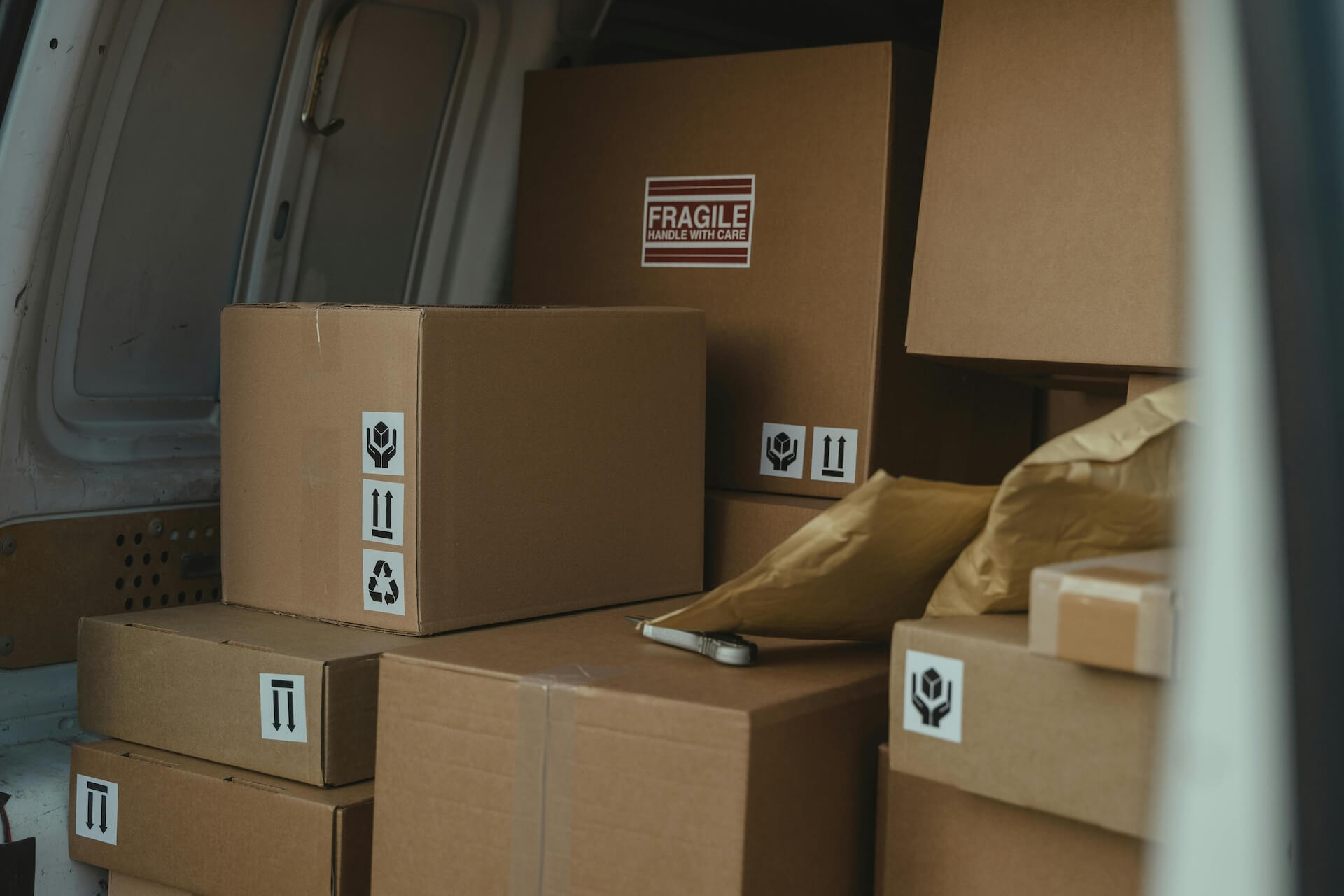If you’re in the international trade business, the duty drawback process can provide a tangible financial boost to your company. Duty drawbacks offer refunds for duties paid on imported goods that are subsequently exported, used in the manufacturing of exported goods, or destroyed without being sold commercially — all common scenarios that translate to savings and a competitive advantage. However, there are two sides to every coin, and the flipside of duty drawback refunds is the frequent audits performed by US Customs and Border Protection (CBP).
A failed CBP audit is potentially disastrous for your business. Fortunately, there are steps you can take right now to prepare for your duty drawback audit. It just takes a little preparation, strong record-keeping, and some business smarts. Here’s what you need to know to minimize the risk of a failed duty drawback audit.
Understanding Duty Drawback Audits
The first step in prepping your company for successful duty drawback audits is understanding the process and what to expect. That said, there is little information about the audit process available to the general public.
The CBP hosts a 68-page document on its website titled “What Every Member of the Trade Community Should Know About Drawback: An Informed Compliance Publication.” While this guide seems like a great place to start, it hasn’t been updated in 20 years. As you might expect, the rules and regulations that provide the foundation of the duty drawback process have changed a lot since then.
However, the basics of duty drawback audits, such as thorough examination of claims and verification of accuracy, remain the same today. You can expect CBP authorities to examine your duty drawback claims thoroughly to verify their accuracy. The auditors will perform a detailed review of your records, documentation, and business processes. A final audit report will be prepared with suggestions and recommendations for any penalties that arise from non-compliance.
Here’s a high-level overview of what you can expect:
- The initial notification from the CBP: The auditors will set the date and scope for the audit.
- The on-site visit and document review: CBP auditors will visit your business and review the relevant records, including purchase orders, invoices, bills of lading, export documents, and supporting documentation. Based on your records, they’ll likely ask you to walk them through a few sample duty drawback claims.
- The analysis and reporting phase: The auditors will analyze their findings and prepare a report that may include potential penalties.
The stakes of a CBP audit are high. Non-compliance can lead to hefty fines, including (but not limited to) recovering your company’s previously claimed duty drawback amounts. A failed audit will tarnish your company’s public image and erode the CBP’s trust. Even a successful audit can disrupt your daily operations as it diverts time and resources away from your core business activities.
Duty Drawback Audit Preparation
With so much on the line, preparing for a duty drawback audit is essential. However, if CBP informs you that your company is to be audited and you’re not already prepared, taking immediate action is crucial.
The best duty drawback audit preparation is to be audit-ready at all times. That means implementing accurate record-keeping processes and thorough document organization and categorization.
In fact, the business consulting firm KPMG studied the duty drawback audit process and concluded the best way to prepare is to perform regular self-audits. By conducting a thorough internal review of your records and processes, you can identify errors or discrepancies and take corrective action in real time. That way, when the CBP audits your company, all necessary documents and records are ready, and you should be fully compliant.
If meticulous record-keeping and self-audits are not yet in place, your best bet is to contact a company specializing in duty drawback services. Their professional expertise can help you quickly navigate the complexities of the regulations and ensure compliance.
Minimizing Risk in the Long Term
Adopting proactive risk mitigation measures now will ensure compliance and minimize your company’s risks in the long term. This includes scheduling regular reviews of duty drawback regulations and staying updated on changes in trade policies. It also helps to build strong relationships with the CBP; open communication and transparency with the organization will work in your favor when it’s time for an audit.
The best way to neutralize audit risk is to seek professional duty drawback services. By engaging with experienced customs brokers or freight forwarders, you leverage their extensive knowledge and experience, ensuring accurate, efficient processing of your duty drawback claims. It’s perhaps the best way to ensure compliance with the complex, ever-evolving regulations around duty drawbacks.
JMR’s Duty Drawback Audit Process
J.M. Rodgers Co. Inc. (JMR) offers industry-leading duty drawback services that ensure smooth audits. We maintain an extensive audit process focused on full compliance with the latest regulations. We audit 100% of all duty drawback claims to ensure your company is always fully compliant with CBP regulations.
JMR achieves maximum compliance for our customers by self-auditing every duty drawback claim. We confirm your company is audit-ready by requesting and reviewing sample documents, such as the Import Entries, Commercial Invoices, Packing Lists, and Proof of Export Documents (e.g., BOL, Shipping Label/POD, B3, Pedimento) for every claim.
To get maximum duty drawback refunds and minimize the risk to your company, contact JMR today.





